#artist is constantin meunier
Text

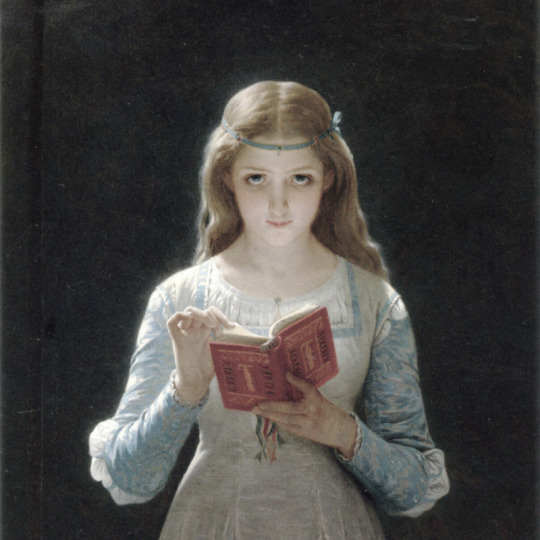
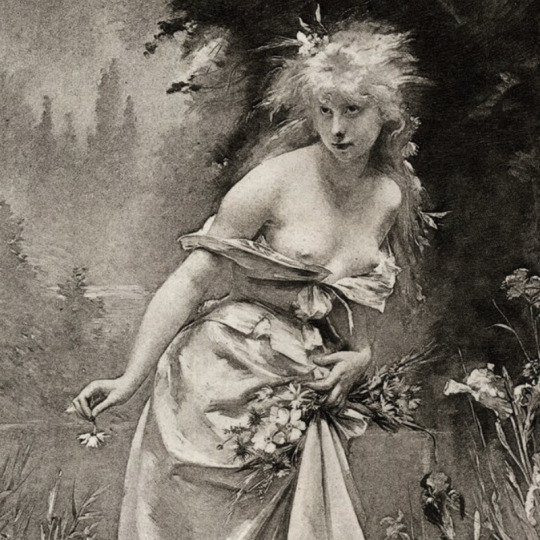



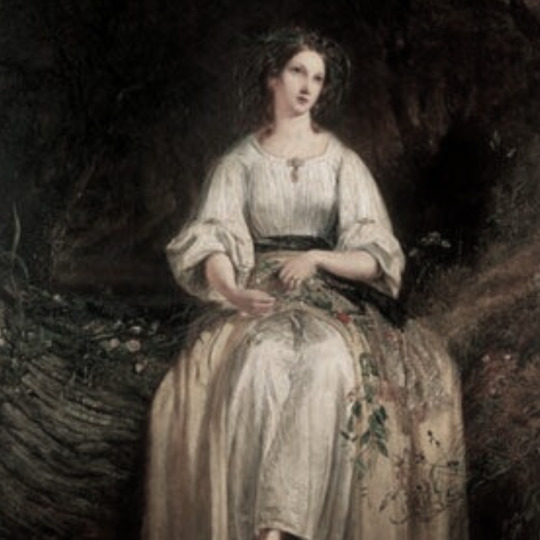


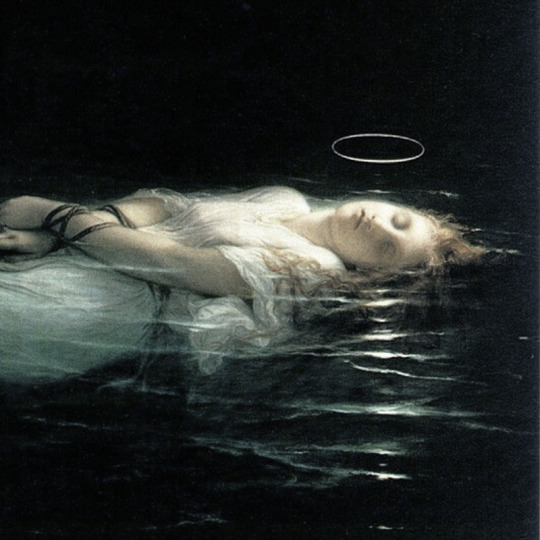
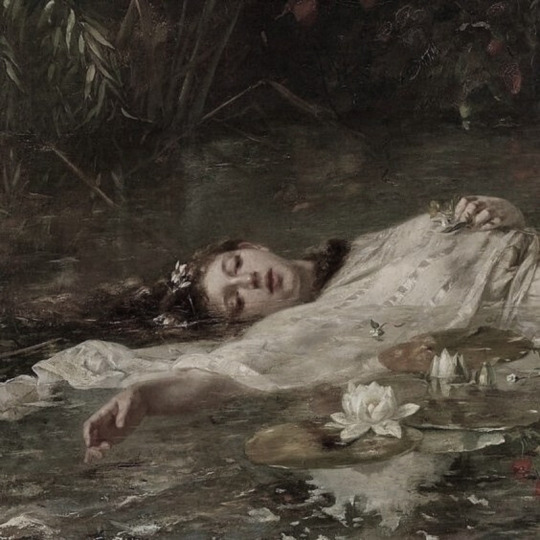

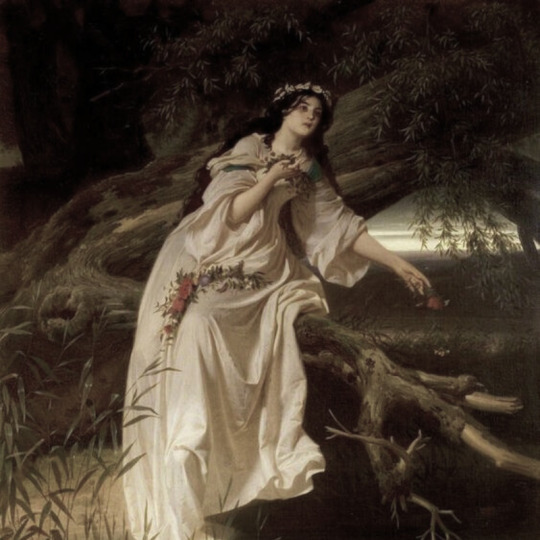
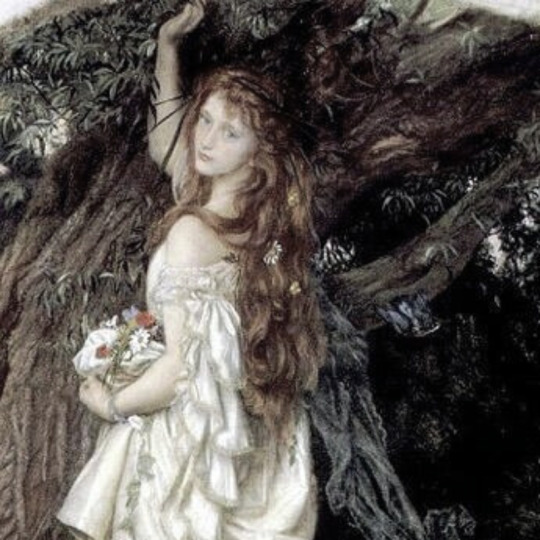
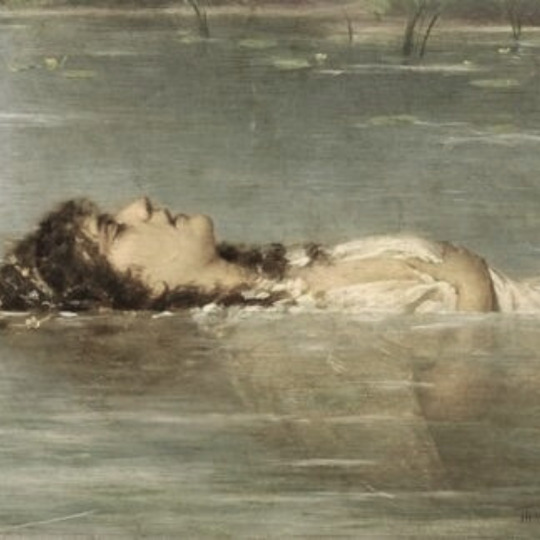
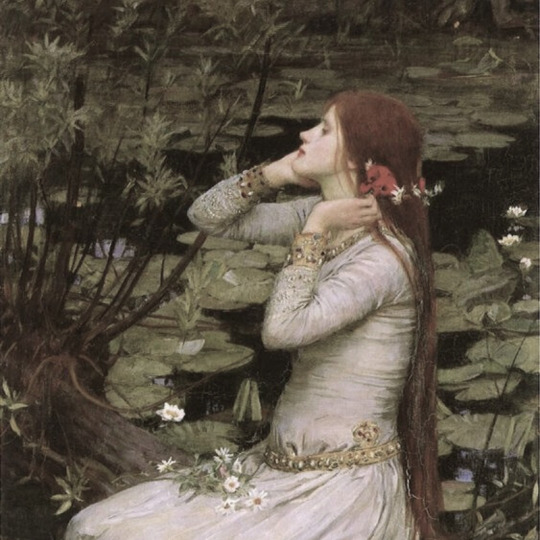

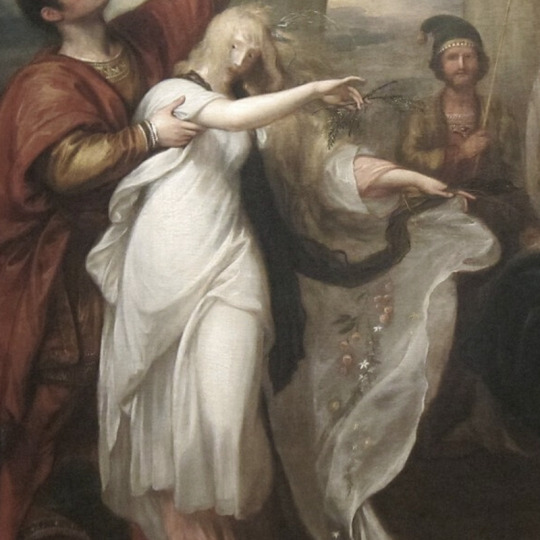



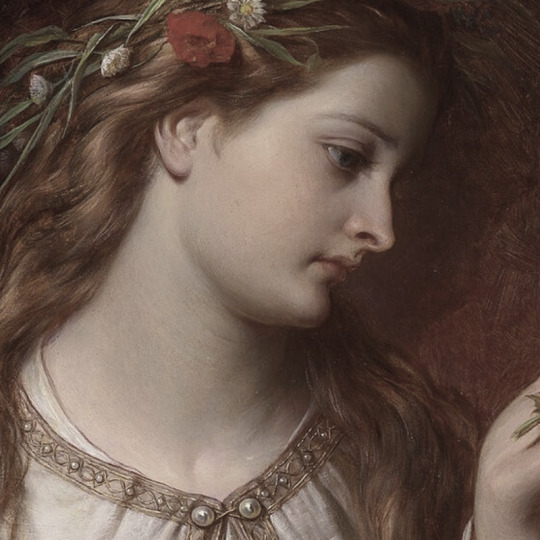
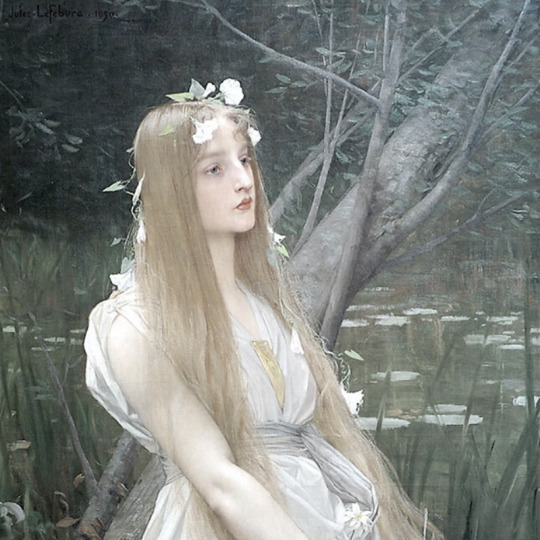
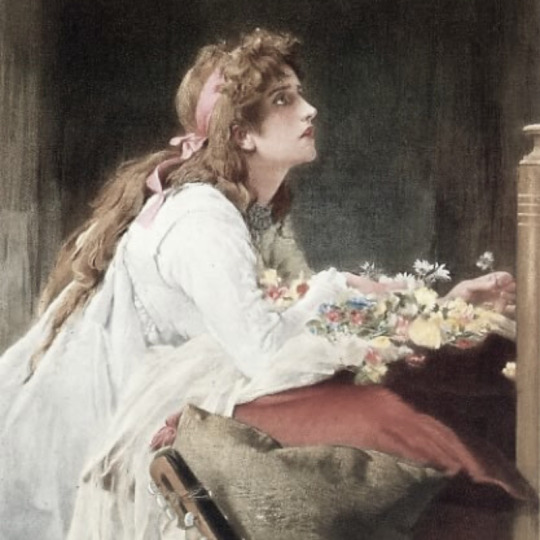

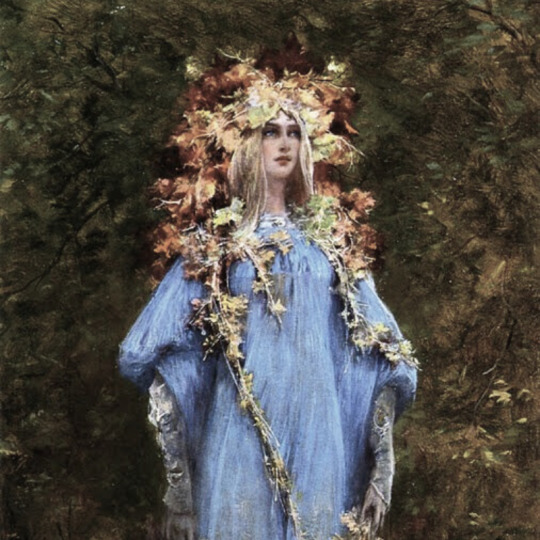
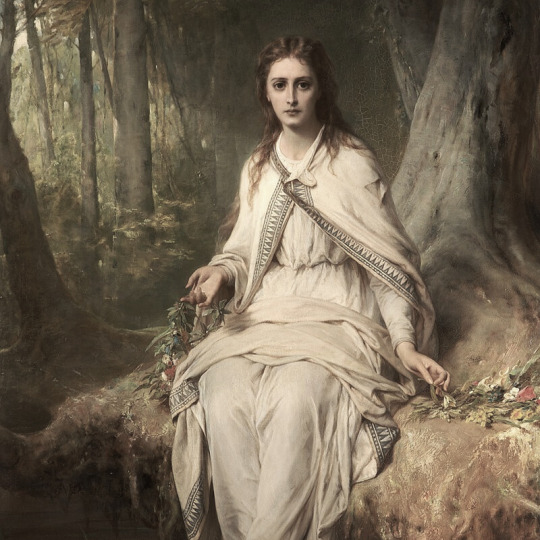
women in art: ophelia
#artist is john everett millais#artist is pierre auguste cot#artist is madeline lemaire#artist is sarah bernhardt#artist is paul albert steck#artist is salvaor dali#artist is richard redgrave#artist is constantin meunier#artist is jules bastien-lepage#artist is paul delaroche#artist is friedrich wilhelm theodor#artist is jeap-baptiste#artist is ferdinand piloty ii#artist is arthur hughes#artist is theodor von der beek#-artist is john william waterhouse#artist is leopold burthe#artist is benjamin west#artist is alexandre cabanel#artist is frances macdonald#--artist is arthur hughes#artist is thomas francis dicksee#artist is joseph jules lefebvre#artist is marcus stone#artist is konstantin makovsky#artist is georges clarin#artist is thomas francis dicksee-#art history#ophelia#hamlet
2K notes
·
View notes
Text

Ophelia
Constantin Meunier
oil on canvas
16 notes
·
View notes
Text

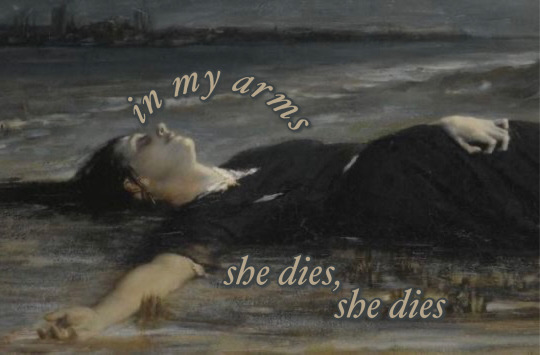
the ghost of you // my chemical romance
#artist: Theodor von der Beek#artist: Constantin Emile Meunier#in my mind this is like seeing a scene through an idealized lens and then seeing it for what it really was#anyway#the ghost of you#more edits cause mcr has me in a headlock#art#paintings#classical painting#lyric edit#aesthetic#aes#h8#my chemical romance#edit#frank iero#gerard way#mikey way#ray toro#mcr lyrics#mcr lyric edit#mcr#lyrics#lyric aesthetic#three cheers for sweet revenge
274 notes
·
View notes
Text

Félicien Rops (1833 –1898) Belgian
Rops enrolled at the "Atelier libre Saint-Luc", one of the meeting places for Brussels bohemians, where he exchanged avant-garde ideas. There he met Artan, Dubois, Charles De Groux, Constantin Meunier, and more, the future upholders of realism in Belgium.
"Rops am I, virtuous am I not, hypocrite I do not deign". The Belgian artist followed this virtuous path his entire life. His work and his way of life reflect the freedom of spirit and creativity that characterise his drawings, engravings and illustration
117 notes
·
View notes
Photo
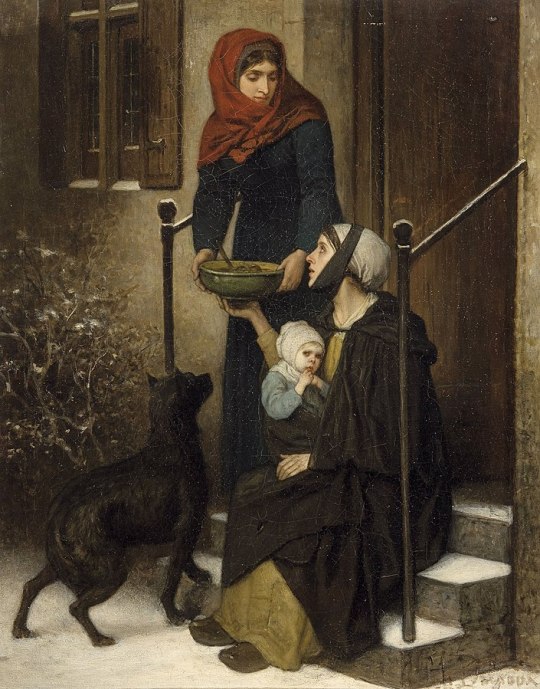
Charles de Groux - Hospitality -
oil on canvas, height: 65 cm (25.5 in); width: 51 cm (20 in)
Charles de Groux or Charles Degroux (25 August 1825 – 30 March 1870) was a French painter, engraver, lithographer and illustrator. As he moved to Belgium at a young age and his whole career took place in Belgium he is usually referred to as a Belgian artist. His depictions of scenes from the life of the disadvantaged and lower-class people of his time mark him as the first Belgian social realist painter. These works made him the precursor of Belgian Realist artists such as Constantin Meunier and Eugène Laermans.
94 notes
·
View notes
Photo

New Post has been published on https://www.jg-house.com/2022/05/06/woman-angola/
The Woman from Angola
Turning toward an open door to a small office at the foot of a wide staircase, the Flemish woman disappeared into the office without warning. Equally quickly, a very young, maybe 19 or 20 years old, Flemish man wearing a blue suit with a yellow shirt and modish green tie took the place of the woman. He appeared before Sylvere and Melba like an apparition, as if by magic.
“Here in our beautifully designed museum,” started the young man, speaking earnestly in French while escorting Sylvere and Mabel to the staircase, “you’ll see a mix of classical and contemporary art unlike any you’ve ever seen before.” The youth smiled at his guests while leading them up the stone steps. “As part of our collection containing more than 50,000 works of art spanning the Middle Ages to the present,” he continued, “you’ll have the opportunity to view masterpieces by Dirk Bouts, Jef Lambeaux, and Constantin Meunier in addition to works by lesser known but also talented artists from the region we call Flanders.”
Once the young man started talking, he didn’t stop, delivering impressive details about the museum’s place in the culture of the region. He moved briskly, leading Sylvere and Mabel through a series of rooms with works of art in all sizes, from enormous paintings on canvas to tiny sculptures of metal. Sylvere, who had allowed Melba to put her arm through his again, could tell the young man was trans-gender and gay. But, most of all, Sylvere was confused. The events of the day made no sense. In none of the rooms did Sylvere see any tourists. It was clear the young man, who had given his name as Lorenzo, was not rushing them but proceeding at a fast pace through the nearly empty museum. Most likely Lorenzo was under strict orders to deliver Sylvere to Carolina and Anna by a designated time.
Melba, silent as she held onto Sylvere’s arm, didn’t mention her bosses or anything else. At one point, while passing under an archway from one room to another, she accepted two bottles of water from the outstretched hand of a museum attendant. She gave one to Sylvere. In an ornate room, two meters away from a wall displaying the works of the Flemish painter Dirk Bouts, Sylvere saw a small group of young men and women, undoubtedly students in Leuven for a summer program, gathered around a man in his mid 50s, a professor. The man, speaking in Flemish, was delivering a talk.
Woman in Subway Station
Sylvere, turning away, took a drink from the bottle of water in his hand. He couldn’t understand Flemish, with the exception of those words equivalent to their counterparts in English.
Sylvere already had consumed more water throughout the day than he had drunk during the entire previous day. It occurred to him that Melba was not going to ask him any more questions or press him for more details about Claudette. He was relieved. Still he didn’t understand it. He knew she had many more questions. He also knew he could tell her exactly where Claudette was. His intuition told him, though, he should not. It warned him that his information about Claudette’s whereabouts somehow would wind up in the hands of Serge and, then, Anthony and, next, Anthony’s henchman, Quentin.
Abruptly, Lorenzo stopped, ceasing not only his brisk pace but also his other dramatics. “And now we will step outside to our splendid rooftop terrace,” Lorenzo announced, smiling broadly, opening one of the two glass doors in front of him, and standing to one side. Melba passed through, gently propelling Sylvere forward.
“Lorenzo is right,” Sylvere said softly in Kikongo, emerging onto an expansive, flat area of elaborate stone with a sweeping view of the ancient buildings in the historical center of Leuven. “It is a splendid rooftop terrace.” Immediately before him, Sylvere could see four distinct groups of people on four different parts of the stone terrace. Each group appeared to have no more than five people. Sylvere noticed the face of Carolina in one of the groups, but before he had time to scan the crowd for other familiar faces, he felt a hand on his arm as Lorenzo led him to a tall circular table on one side of the deck.
It was hot outside. Shielding the people on the terrace from the onslaught of the sun, though, was an awning made of a heavy, dark fabric and covering the front half of the open space. A young woman wearing a short black skirt without stockings and a white, button-down shirt appeared holding a round tray in one hand. She was a waitress.
“Passe une bonne journée, monsieur,” Lorenzo said. He walked away. His green tie waved in the warm air behind him.
“Something to drink?” the waitress asked, coming close to Sylvere. She spoke in French.
“Like what?” Sylvere replied. Melba, too, was gone.
“Whatever you feel like,” the waitress replied. She flashed a smile, showing all of her teeth, large and white. “Beer—or a glass of wine?”
Young Woman next to Road
Sylvere thought he would like one of the beers for which Belgians were famous. But he decided against it. He didn’t feel he had the luxury to drink alcohol.
“No,” Sylvere replied. “An espresso.” He paused. “A double.”
As the waitress departed, Sylvere turned his head to scan the nearby groups. Instead he saw a familiar figure blocking his view. A woman in her mid 40s and of mixed African and European descent joined him at his table. It was Anna, the heiress. She looked exotic. Sylvere realized he hadn’t been able to see her clearly in the dim light of the restaurant a couple of hours earlier. Now he noticed she carried a laptop computer in one hand. She set the computer on the white table cloth and looked at him for several moments. Her face displayed, as it had displayed at the restaurant, a warm smile.
“We’re making preparations for a permanent collection of contemporary African art at the museum in Tervuren,” Anna said finally, speaking in French, “with regular rotations of the works by artists we like.” She looked in the direction of one of the groups of people standing nearby. “Carolina is over there now providing additional details to the museum administrators and the local civic leaders,” Anna continued, directing her gaze at Carolina. “She’ll finalize the plans later.” Anna brought her gaze back to Sylvere’s face. “I’d like to launch our new initiative with the latest paintings by an artist whose works I greatly admire,” Anna added. “You’ve heard of Kwesi Botchway?”
Sylvere was about to respond negatively, but decided he had no reason to feign ignorance of the famous artist from Accra, Ghana. In fact, he owned several of the man’s early pencil drawings, which he had been told now were worth a considerable sum. He nodded, opening his mouth to speak, then hesitated.
The waitress re-appeared, placing a small white cup with a small white saucer on the table top in front of Sylvere.
Instead of answering Anna, Sylvere picked up the cup, raised it to his lips, and emptied its contents down his throat. The waitress disappeared.
“Sylvere,” Anna began, now wearing a serious expression on her face and looking intently into Sylvere’s face, “I realize you still haven’t decided whether or not to trust us.” She paused. She seemed to be gauging his reaction to her statement. Then she said: “But you must share with us the information you have about Claudette. You can save her life.”
Sylvere looked back at Anna, remembering Chérubin’s parting words in front of L’inizio: “I have things to discuss.” He recalled Justin Kabumba’s last text message: “The woman in Rurimba is Claudette.”
Anna picked up the computer from the table top, but she didn’t move her gaze from Sylvere’s face. “When you see the photos on this computer,” she said, “you will have no doubts about the threat posed by Anthony and his people.” She looked around before returning her gaze to Sylvere again. “The threat is right here, right now,” Anna emphasized. In his mind’s eye, Sylvere pictured Serge outside L’inizio. Anna glanced to her left and appeared to make eye contact with a young woman. “Please go back to your hotel room in Tervuren,” Anna said, turning back to Sylvere, “and stay in your room until the evening.” Suddenly, Sylvere was aware of Melba by his side. “We’ll talk more at the party this evening,” Anna added, allowing the features of her face to form a smile. She turned and walked toward Carolina. Two large men approached the table, the same men who had accompanied Sylvere and Melba from L’inizio to the museum.
Melba led Sylvere toward the set of double-glass doors. Sylvere looked up into Melba’s face. When he glanced over his left shoulder, he saw the two large men following closely behind. The German carried a laptop computer in one hand. The African showed no expression. But his eyes grew dull, as if they had died. Sylvere was a prisoner.
***
#Africa, #Europe, #LifeCulture #Africa, #Art, #Beauty, #Culture, #Europe
0 notes
Photo

Processie van de stilte, Sevilla - Constantin Meunier , 1882-83.
Belgian, 1831-1905
Oil on canvas, 154 x 110 cm.
180 notes
·
View notes
Text
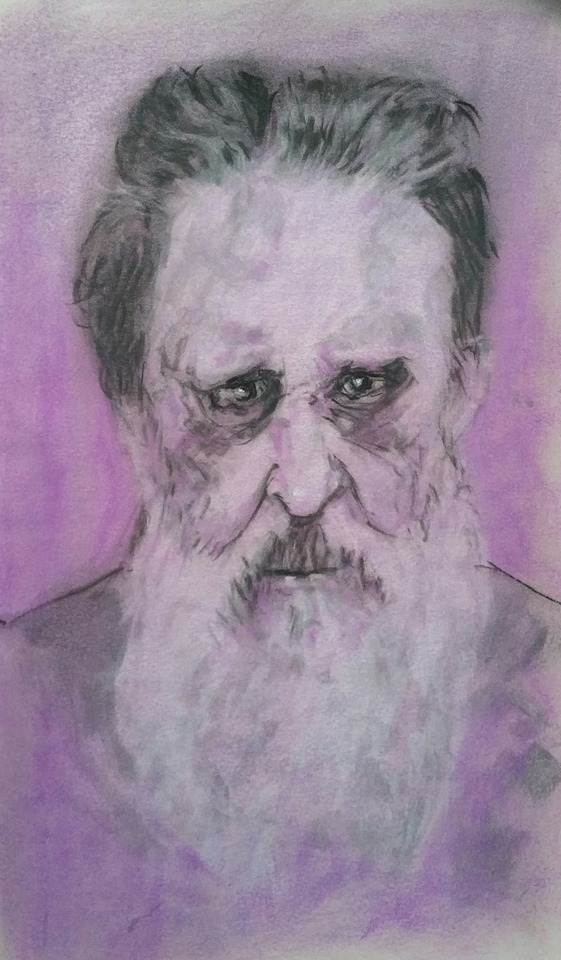
'Constantin' (30 × 18 cm, soft pastel & charcoal)
2 notes
·
View notes
Photo
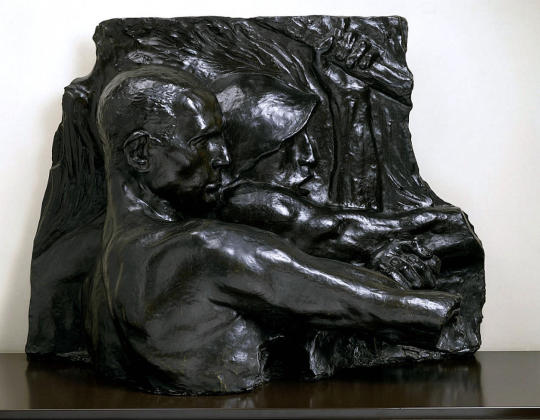
MWW Artwork of the Day (9/9/20)
Constantin Meunier (Belgian, 1831-1905)
Industry (1896)
Bronze high relief sculpture, 68 x 90 x 36 cm.
Musée d'Orsay, Paris
The Belgian Constantin Meunier was the first foreign sculptor whose work was bought by the French state for the Musée du Luxembourg. The works in question were two bronze statuettes, "Stevedore at the Port of Antwerp" and "Man with a Hammer," bought in 1890 at the first Salon held by the Société Nationale des Beaux-Arts, which had broken away from the Salon des Artistes Français.
Meunier composed all the elements of his monument including the four reliefs, "Industry" (fire) "Harvest" (air), "Port" (water) and "Mine" (earth) but had not decided upon the final arrangement. On one clay model, "Industry" is placed on the front. On the monument raised long after his death in Laeken in 1930, Harvest has pride of place. The manual laborers represented as unfailing heroes have many descendants in Eastern Europe. (translated from the Musée website)
1 note
·
View note
Photo

Constantin Meunier – Ophelia – l156 Constantin Meunier - Ophelia.
0 notes
Photo

|Saint Stephen|
Artist; Constantin Meunier
38 notes
·
View notes
Text

Théophile-Alexandre Steinlen - L’aurore (Aurora), 1903
A major exhibition and sale of 101 works by Théophile-Alexandre Steinlen opened in Paris in 1903. In the catalogue, the writer Anatole France emphasised the singularity of the event. Although the artist was ‘too famous for any thought of introducing him here’, he had nevertheless prepared a surprise for visitors already enthusiastic about his drawings and stamps: a presentation of his paintings. The artist was showing the forty-odd pictures produced that same year and, for the first time, ‘large figures’ signalling a new artistic ambition.
L’aurore is notable for its tall, narrow format. The canvas shows two workers sitting atop a structure, contemplating the sunrise. Perched on its piers, they are about to assemble the metal parts using red-hot rivets whose heads will then be flattened with a hammer. The building under construction recalls recent Parisian projects such as the Eiffel Tower and Sacré-Cœur. With this work, Steinlen was adding to his chronicle of the world of work – that ‘apocalypse of misery’ that, in France’s words, moved him deeply. The warm palette, in shades of browns and oranges, recalls Honoré Daumier. The symbolic dimension of this work, indicated by its title, points to the hope of a better future. It is expressed in the heroic rendering of the men’s bodies, which draws from the emphatic modelling of the naturalist sculptors, from Jules Dalou, and also from Constantin Meunier, another poet of the proletarian condition. The older carpenter is positioned in the lower half of the picture with his back to us, in the shadow, whereas his younger comrade, catching the light and staring into the distance, stands for the new generation and the struggle it must take up.
L’aurore was sufficiently important to Steinlen for him to put a smaller version of the work on the cover of his exhibition catalogue. When the Museum in Lausanne, his home town, acquired the work, it did so at his own express request: according to the keeper there at the time, he would have been disgruntled if Lausanne had purchased his Chats and Midinettes. (source)
5 notes
·
View notes
Photo
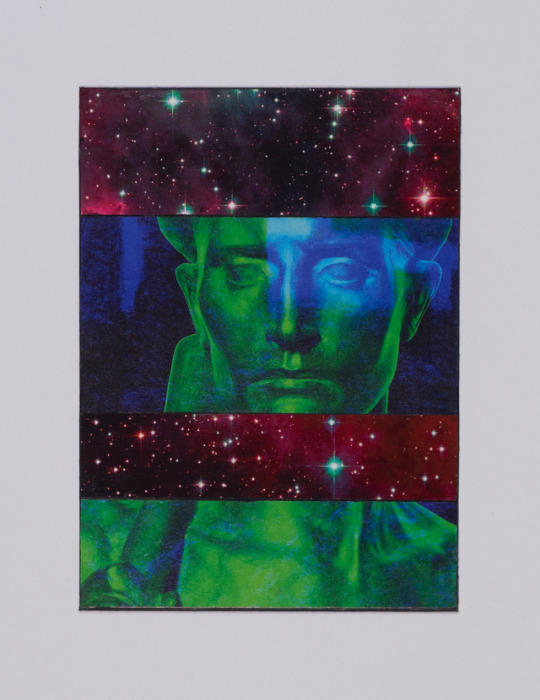
Orion 1 (tribute to Constantin Meunier), collage, 24/12/14 (13,2cm x 9,6cm)
© Renaud De Putter
#orion#constantin meunier#mythology#collage#cosmos#constellation#men#contemporary art#fineart#art#artists on tumblr#renaud de putter
15 notes
·
View notes
Photo

THÉOPHILE "THÉO" VAN RYSSELBERGHE
On this day of 23rd November, Théophile "Théo" van Rysselberghe (23 November 1862 – 14 December 1926) was born in Ghent, Belgium.
He was a neo-impressionist painter, who played a pivotal role in the European art scene at the turn of the twentieth century.
He studied at the Academy of Ghent under Theo Canneel and at the Académie Royale des Beaux-Arts in Brussels under Jean-François Portaels. The North African paintings of Portaels had started an orientalist fashion in Belgium. Their impact would strongly influence the young Théo van Rysselberghe.
At only eighteen, he exhibited at the Salon of Ghent. He painted Self-portrait with pipe, and Child in an open spot of the forest, and he makes his first steps towards impressionism.
Between 1882 and 1888 he made three trips to Morocco and he came in touch with contemporary artists like Frantz Charlet, Darío de Regoyos. Constantin Meunier, John Singer Sargent, Ralph Curtis. Emile Verhaeren. During this period he created pieces like Spanish woman, Sevillan woman, Arabian street cobbler, Arabian boy, Resting guard The kief smokers, The orange seller and a seascape The strait (setting sun), Tanger . Arabian phantasia, Abraham Sicsu, Caravan in the mountains past Schliat, Gate of Mansour-El-Hay, Meknès, and Morocco (the great souk).
The painting on his visits to Morocco depicted bright lights and colour but as he drew toward Impressionism they are rather subdued colours especially in Jeanne and Marguerite Schlobach, Octave Maus, Camille Van Mons, Marguerite Van Mons, Woman with Japanese album, Madame Picard in her Loge, Madame Oscar Ghysbrecht, and Het Zwin at high tide.
He discovered the pointillist technique when he saw Georges Seurat's La Grande Jatte. Together with Henry Van de Velde, Georges Lemmen, Xavier Mellery, Willy Schlobach, Alfred William Finch, and Anna Boch he "imported" this style to Belgium.
Théo van Rysselberghe abandoned realism and became an adept of pointillism which reflected in his Madame Oscar Ghysbrecht, Madame Edmond Picard, Pierre-Marie Olin. He came across renowned painters Eugène Boch, Sisley, Signac, Degas, and Henri de Toulouse-Lautrec.
His famous portrait of Alice Sèthe, Dunes in Cadzand, The rainbow were inspired by Pointillism.
In Paris, he had a meeting with Theo Van Gogh and managed thus to invite Vincent van Gogh to the exhibition in Brussels. That is where Van Gogh sold Vigne Rouge in Montmajour, the only painting he ever sold.
In 1897, van Rysselberghe moved to Paris. Along with Paul Signac, Maximilien Luce, Aristide Delannoy, Alexandre Steinlen, Camille Pissarro, Van Dongen, George Willaume, etc., he contributed to the magazine Temps Nouveaux.
In his later years of his life, his approach became more relaxed, and abandoned Pointillism completely.
After some prospecting, touring, his brother Octave van Rysselberghe, built him a residence at the Côte d'Azur and became detached from the Brussels art scene.
Théo van Rysselberghe was one of the prominent co-founders of the Belgian artistic circle Les XX s, under the patronage of Octave Maus, whose notable members were James Ensor, Willy Finch, Fernand Khnopff, Félicien Rops, Auguste Rodin, and Paul Signac.
Much of his works still remain in private collections and rarely be seen. One occasion was the retrospective Théo van Rysselberghe in Brussels and later in The Hague.
In November 2005, his work Port Cette fetched a record 2.6m € at an auction in New York.
11 notes
·
View notes
Photo
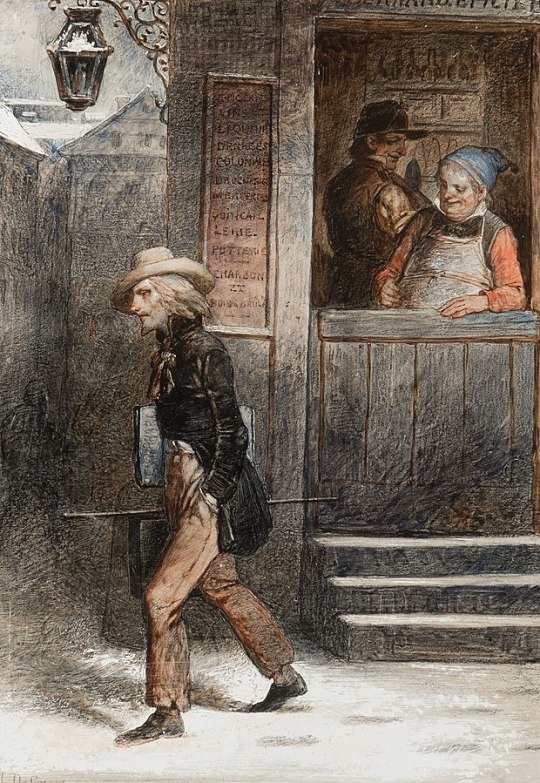
Charles de Groux - The young artist -
watercolor and mixed media, height: 33 cm (12.9 in); width: 23 cm (9 in)
Charles de Groux or Charles Degroux (25 August 1825 – 30 March 1870) was a French painter, engraver, lithographer and illustrator. As he moved to Belgium at a young age and his whole career took place in Belgium he is usually referred to as a Belgian artist. His depictions of scenes from the life of the disadvantaged and lower-class people of his time mark him as the first Belgian social realist painter. These works made him the precursor of Belgian Realist artists such as Constantin Meunier and Eugène Laermans.
58 notes
·
View notes
Photo
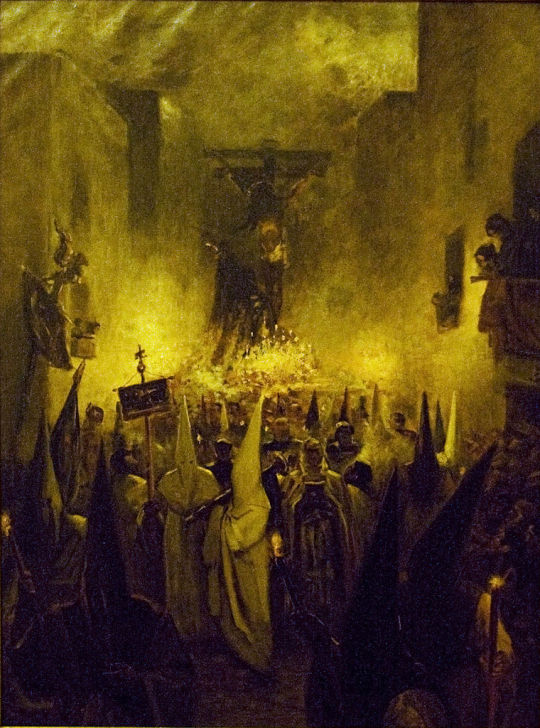
Procession of Silence, Sevilla [1882]
Artist: Constantin Émile Meunier
14 notes
·
View notes